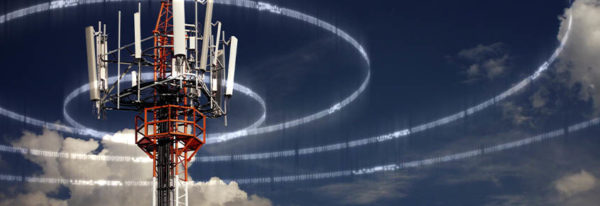A recent white paper released by technology and testing giant Rohde & Schwarz detailed and defined PIM or passive intermodulation as the mixing of two or more signals in a nonlinear device, and this creates both harmonics and products of varying orders. When this mixing occurs in passive, that is, unpowered devices, PIM happens. Unintended or undesired intermodulation products are a problem because they can create noise and interference, and this is a particularly common issue in cellular networks.
The third order intermodulation product, being the strongest, is the most troublesome, but higher order products are also capable of creating issues, including an overall increase in the ambient noise floor.
PIM testing is the active process by which the industry detects and locates PIM sources, and PIM testing is usually performed using two high power, unmodulated RF signals, or “tones.” The PIM tester transmits these two tones into the cable and antenna system, and then checks to see if a third order product appears at the mathematically predicted frequency. If PIM is detected, there are multiple methods of locating and resolving PIM.
Classic methods include distance to PIM, which gives us a rough distance to the PIM source, as well as physical manipulation of components or devices to see if PIM levels change while the object is shaken or tapped. So-called PIM blankets can also be used to shield PIM sources. And finally, portable spectrum analyzers or receivers and directional antennas or probes can be used to hunt for PIM sources in the same way active RF interferers are detected and located.
PIM is both a common and a serious issue in wireless communications networks, but the use of proper test instruments and techniques can greatly improve the ability to detect, localize, and resolve PIM issues both effectively and efficiently.
Radio frequency interference to cellular base stations can take many forms. In some cases, poor frequency reuse planning and/or site selection has created situations in which the base stations themselves create issues for neighboring base stations (“pilot pollution”). Active RF sources whose signals fall within a cellular uplink band are another very common problem.
These interferers are typically identified, located, and removed through a process called interference hunting. Interference hunting involves the use of portable spectrum analyzers or receivers and directional antennas to find and deactivate these (usually unintentional) sources of unwanted radio frequency energy. Download Rohde & Schwarz’s full white paper on PIM here.
December 17, 2019




Reader Interactions